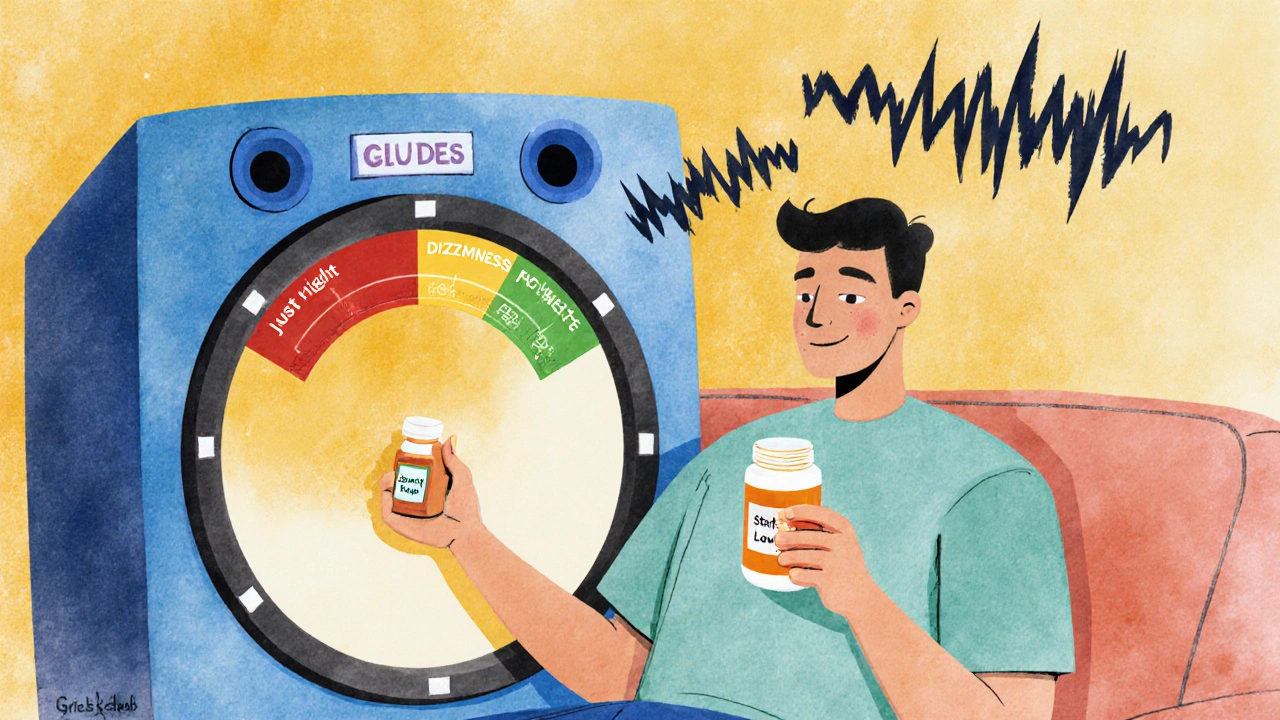When you start a new medication, your doctor doesn’t always give you the final dose right away. That’s because dose titration, the process of gradually adjusting a medication’s amount to match your body’s response. Also known as medication titration, it’s a careful way to balance effectiveness with safety—especially for drugs with narrow windows between too little and too much. Think of it like tuning a radio: you turn the dial slowly until you get the clearest signal. With medicine, you’re finding the dose that controls your symptoms without causing side effects.
Dose titration is common with antidepressants, medications that need time to build up in your system and affect brain chemistry, and blood pressure drugs, where sudden changes can cause dizziness or worse. It’s also used for digoxin, a heart medication where even small overdoses can be dangerous, and for steroid replacement, like hydrocortisone for Addison’s disease, where your body needs just the right amount to function. Each adjustment is based on how you feel, your lab results, and sometimes how your body processes the drug—something called therapeutic drug monitoring.
Why not just start at the full dose? Because everyone’s body reacts differently. A dose that works for one person might make another feel sick. Titration lets your doctor watch for early signs of side effects and tweak the amount before problems get serious. It’s not just about safety—it’s about making sure the medicine actually works for you. You might go from 5 mg to 10 mg over a few weeks, or wait a month between changes. Some drugs need daily checks; others, just a blood test every few months.
The process isn’t always fast, and it can feel frustrating when you’re waiting for relief. But rushing it can backfire. Too much too soon can lead to hospital visits. Too little means your condition stays uncontrolled. That’s why dose titration is one of the most important, yet often overlooked, parts of treatment. It’s not magic—it’s science, patience, and close attention to how your body responds.
Below, you’ll find real-life guides on how this plays out with common medications—from antidepressants and heart drugs to steroids and pain relievers. You’ll learn how to track your own response, what questions to ask your doctor, and how to recognize when something’s off. These aren’t theory pieces. They’re tools from people who’ve been through it, and the pharmacists and doctors who help them navigate it safely.

Dose titration is the proven method of slowly adjusting medication strength to reduce side effects and improve tolerance. Learn how it works, why it matters, and what you can do to make it work for you.
read more